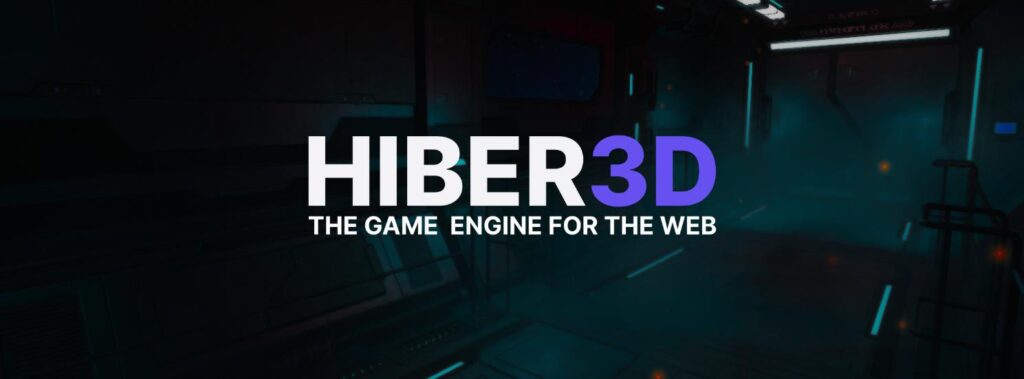Maximize revenue, reduce costs and future-proof your releases: why utilizing the web-based metagame will boost your bottom line.

Success in today’s gaming industry requires more than just great games – publishers need innovations that give them an edge. Native web integration does exactly that, blending core gameplay with web technologies to unlock the full potential of the metagame i.e. the web ecosystem surrounding the game.
By utilizing the web-based metagame, publishers can go direct-to-consumer, drive engagement, and streamline development costs, positioning themselves for success in an increasingly crowded industry.
Here are five key reasons why native web integration is the future:
1. Maximize Revenue
Native web integration allows microtransactions and in-game purchases to be handled within the web-based metagame, reducing dependency on the engine. It allows for cosmetic purchases and participation in special events, even outside of regular gameplay, boosting engagement on the go.
This paves the way for more frequent and diverse monetization opportunities beyond core gameplay, resulting in a richer, multifaceted player experience and driving greater revenue potential without interrupting the flow of the game.
In a world where games compete with giants like Netflix, TikTok—and even sleep— this persistent connection to the game ecosystem can significantly boost player loyalty and lifetime value.
2. Reduce Development Costs
Leveraging the web-based metagame allows for quicker updates and easier maintenance, lowering costs for publishers. By updating the surrounding web elements independently of the core game, publishers can streamline development processes and allocate resources more effectively.
At HiberWorld, the UGC platform powered by the Hiber3D engine, we housed progression and monetization entirely on the web, allowing for rapid content updates without extensive client-side changes. This approach reduces the need for costly, large-scale updates to the game itself.
3. Streamlined Updates
Web integration bypasses app store delays, allowing publishers to roll out changes and new content quickly. Whether used alongside app stores or as a fully web-based experience, this agility is crucial for keeping players engaged.
Publishers can respond to feedback, launch time-sensitive events, and continuously improve the game experience without the delays typically associated with traditional update processes. This adaptability keeps the experience fresh and players invested.
4. Cross-Platform Compatibility
Web integration ensures a consistent experience across devices, broadening player reach without extensive additional development. This capability enables publishers to engage a wider audience and adapt to varied player preferences across platforms. Players can transition between mobile, desktop, and even console versions of the game, maintaining their progress and enjoying a unified experience regardless of the device they choose to play on.
5. Improved Data Control
A direct-to-consumer model through the web-based metagame gives publishers better insights and control over player data and allows for customized marketing strategies. By analyzing player behavior within the web layer, publishers can create targeted promotions, offer personalized content, and optimize monetization strategies.
This deeper insight allows for more targeted promotions, personalized content, and informed decision-making when it comes to game development and monetization strategies.
Our Perspective:
Since 2017, Hiber has been invested in native web integration while developing HiberWorld, a UGC platform. Today, HiberWorld supports over 6.5 million web games and 1.2 million creators, fostering a global community deeply engaged through web-based metagame and meta-progression systems.
The future of gaming lies in building ecosystems that extend beyond the core game, and native web integration is the key to unlocking this potential. Publishers who adopt this approach will not only boost revenue and cut costs but also future-proof their games against evolving market trends.
As players increasingly expect frictionless, cross-platform experiences with constant updates and engaging content, native web integration – combined with the latest innovations in web technology like WebGPU – offers publishers the opportunity to redefine how they meet these demands while boosting their bottom lines.
Contact us to learn how the Hiber3D engine can unlock new opportunities for your next project.
